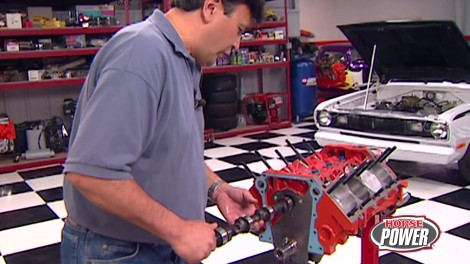
426 MOPAR BUILD-UP & DYNO, BLOOPERS
We undertake the exhilarating challenge of constructing a mighty 426 cubic inch Mopar small block engine, utilizing innovative cylinder heads and advanced cam technology to push its performance to the extreme. As we gear up this mechanical marvel with state-of-the-art components, our goal is to unleash a beast on the dyno, reaching a benchmark of 600 horsepower, while also sharing some of the light-hearted bloopers and behind-the-scenes antics that make the build memorable.
Season 5
Episode 20
Hosts: Joe Elmore, Chuck Hanson
First Air Date: September 23, 2022
Duration: 21 minutes 14 seconds




























